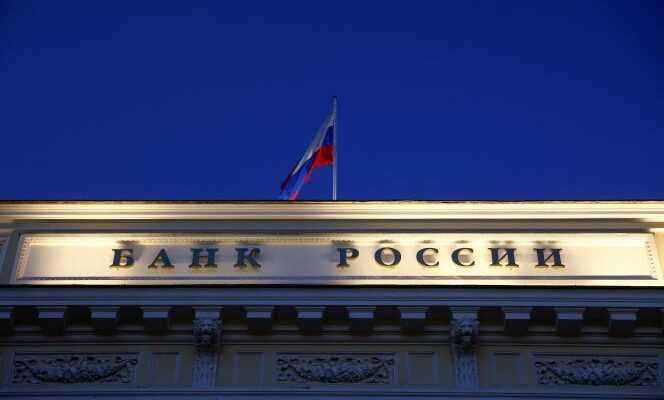Elvira Nabioullina was able to allow herself a zest of optimism, Monday, April 18. While the governor of the central bank of Russia has had to increase emergency measures since the start of the war in Ukraine on February 24, she now plans to reduce her intervention. “At first our restrictions were tighter, but we are now removing some with caution”she said, according to the Interfax agency, before a committee of the Duma, the lower house of Parliament.
This follower of Vladimir Putin, who has just been reappointed, seems to have succeeded in calming the financial storm. The rouble, which had lost up to 50% of its value in the days following the Western sanctions, has now stabilized around 6% to 7% below its pre-war level.
The central bank, which had urgently doubled its interest rate to 20%, lowered it to 17%. The – draconian – capital controls are beginning to be loosened very slightly. The Moscow Stock Exchange has also reopened in a limited way. Russian banks, which had experienced massive withdrawals at the start of the offensive, are now recording a positive financial flow. “Financial risks are still present, but they are no longer increasing, in particular thanks to our capital control measures”the central bank announced on 8 April.
Inflation has soared
None of this means that the sanctions have no effect. Facing the Duma committee, Mme Nabioullina confirmed on Monday that half of its reserves, or around 300 billion dollars, were frozen. Inflation soared to 16.7% in March from 9% the previous month. Companies can no longer import the spare parts necessary for their operation.
In telecommunications, for example, the Chinese Huawei and the Swedish Ericsson have announced that they will no longer work with Russia. According to the World Bank, Russia’s gross domestic product is expected to fall by 11% in 2022. A default is approaching: on April 4, the government failed to honor a scheduled repayment in dollars, paying it in rubles. He theoretically has until May 4 to rectify the situation.
Russia’s central bank spent $34 billion defending the ruble between February 18 and March 4
However, the financial panic of the first days has been curbed, thanks to three actions and Europe’s dependence on national hydrocarbons. Every day, Russia sells nearly 1 billion dollars (924 million euros) in gas and oil. This regular influx of foreign currency stabilizes the ruble and helps the central bank to replenish its reserves.
You have 37.5% of this article left to read. The following is for subscribers only.
